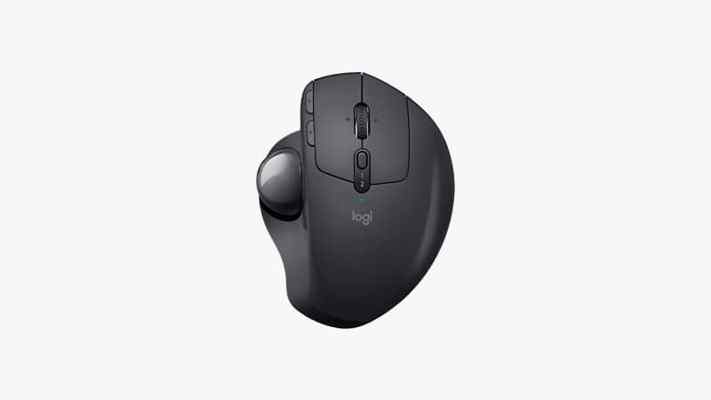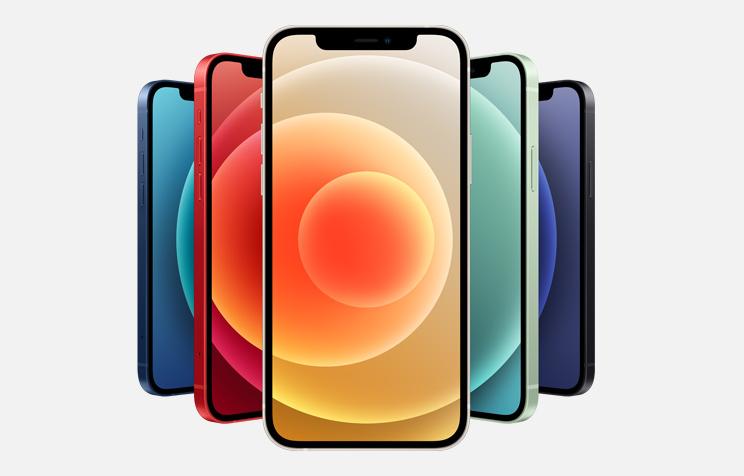The 5 best ergonomic mice of 2022
'ZDNET Recommends': What exactly does it mean?
ZDNET's recommendations are based on many hours of testing, research, and comparison shopping. We gather data from the best available sources, including vendor and retailer listings as well as other relevant and independent reviews sites. And we pore over customer reviews to find out what matters to real people who already own and use the products and services we’re assessing.
When you click through from our site to a retailer and buy a product or service, we may earn affiliate commissions. This helps support our work, but does not affect what we cover or how, and it does not affect the price you pay. Neither ZDNET nor the author are compensated for these independent reviews. Indeed, we follow strict guidelines that ensure our editorial content is never influenced by advertisers.
ZDNET's editorial team writes on behalf of you, our reader. Our goal is to deliver the most accurate information and the most knowledgeable advice possible in order to help you make smarter buying decisions on tech gear and a wide array of products and services. Our editors thoroughly review and fact-check every article to ensure that our content meets the highest standards. If we have made an error or published misleading information, we will correct or clarify the article. If you see inaccuracies in our content, please report the mistake via this form.
The 8 Best Ergonomic Mouse for 2022 [ Vertical, TrackBall, & Wireless ]
It’s always best to go with a mouse that is most comfortable to your personal grip. While an ergonomic mouse is designed specifically for a natural grip there are other elements you need to keep in mind.

1. Price
The price of an ergonomic mouse will vary. You can pick up inexpensive options for under $20, or you can spend upwards of $100 or so on such a mouse. It really comes down to what you want to spend on the mouse and the other features you’re interested in.
2. Connectivity
How does the mouse connect to your computer? Does it connect via a USB cable or does it use a wireless connection such as Bluetooth? If it does use Bluetooth how long does the battery last, or do you swap in replaceable AA/AAA batteries? Each has its own pros and cons, depending on how long your activity sessions last.
Some ergonomic mice will also allow you to connect via both Bluetooth and USB so you can quickly connect and charge your mouse on while using it.
3. Buttons
Do you want a mouse that has the traditional two buttons? Or maybe you want additional control within your mouse and are looking for something with side buttons or even a central button where the scroll wheel is.
This may come down to what you use the mouse for. If you play video games with the mouse you might want to add more controls to it. If you use your mouse for photo editing you can assign hot keys to the buttons as well.
This is a personal preference so you should keep it in mind
4. Overall Design
While all of the mice on this list are ergonomically designed, you’ll be surprised as to the overall design differences of these mice.
Some might look like nothing else you’ve ever used before, while others are a bit more traditional in shape.
You should look at the overall design. Additionally, it may take some time to get used to using the mouse in the new configuration. If you’ve ever used an ergonomic keyboard you know how different it is from a regular keyboard and there is a bit of a learning curve. The curve isn’t as substantial with a mouse, but you’ll need to determine if the design fits with what you’re looking for.
Best ergonomic mice, according to a tech expert
Working from home may offer significant advantages over the office, with one exception: If you’re hunching over your laptop for hours on end at the dining room table — or worse, on the couch — you are not doing your body any favors. If this is your work life, a traditional desk may be the way to go. However, if you have that desk setup, laptop stand and keyboard and are experiencing wrist pain or mouse finger, it’s probably time to look into the most vital piece of computer equipment you’ll ever use: the mouse.

How to buy the right mouse
Of all the ergonomic mice I’ve tried over the years (and I’ve got a whole drawer full of them), computer mice are not designed as “one size fits all.” If you’re not experiencing any pain from a mouse, it’s best to leave your gear as is. However, if the current computer setup has you reaching for an ice pack or pain medication, it’s time to replace and find what works best for you. As someone who finds herself without a desk during her travels and as a tech reporter covering various computer mice for over two years, here are some specs I recommend noting before making that purchase.
The shape of your mouse
Mice come in various shapes and sizes, and depending on your mouse grip, you’ll want something that encapsulates your hold. That being said, your wrist should be straight and without wrist extension. In fact, your wrist should be as straight as a ruler — if you’re at any angle, that’s putting pressure on your wrist which can lead to aches and pains.
Another physiological aspect to consider, sometimes a vertical mouse provides a more supportive form if you’re at a computer for long periods. Instead of turning your wrist, it will keep your wrist in a more natural vertical position. More importantly, if you’re left-handed, an ambidextrous mouse will be essential to your setup.
Mouse control scheme
If the general mouse shape doesn’t work for you, there are other options, too. Accessibility is key, and some companies have introduced trackballs, touchpads and even pen mice to help ensure your needs are met. They aren’t a catch-all to stopping hand and wrist pain, but if a traditional mouse isn’t cutting it, these options are worth investigating.
Wired mouse versus wireless mouse
While not specific to ergonomics, consider whether you prefer a wired mouse or a wireless mouse. Wires can be annoying and clutter your work space, yet wireless mice typically need recharging or battery replacements. That can be especially challenging if you’re in the middle of a Zoom presentation—or worse, have no battery backups on hand.
Mouse pad
While mouse pads are no longer necessary for a modern mouse to work well, they bear mention here for one reason: wrist rests. Cornell University’s Human Factors and Ergonomics Research Group notes that “studies haven't demonstrated any substantial benefits for wrist rests,” and in fact, they can increase pressure on your wrist, potentially causing more pain. Ultimately, should you feel that it’s in your best interest to bolster your wrist to a more ergonomic position with a wrist rest, or if it feels more comfortable, then by all means, get one.
Keep in mind that, no matter what, your arms should be by your sides. In other words, if you’re reaching for the numbers up top on your keyboard, odds are you’re going to be putting more strain on your tendons and joints. Consider getting a tenkeyless keyboard with a separate (and even better, an optional) USB number pad. As the aforementioned guide from Cornell Ergonomics Research Group puts it, “overreaching to an ‘ergonomic mouse’ defeats any benefits of [its] design.” You can check out their list of tips for using a mouse to learn more.
Best ergonomic mouse to shop
Anker’s Vertical Ergonomic mouse is by far my favorite. Its design fits most hand sizes, and its vertical form helps keep your wrist straight. Like anything new, using a vertical mouse takes a bit of getting used to at first — any mouse with an alternate design will — so give yourself a few days or weeks to become proficient with it and see if it works for you. I chose the wired version so I wouldn’t have to worry about battery life during the day. The mouse has a button specifically designed to adjust DPI, or sensitivity settings, for projects that require more precise mouse use on the fly.
Microsoft’s Sculpt mouse occupies a sort of in-between space — it’s not quite a vertical mouse nor a traditional mouse, either. Instead, it has an almost spherical shape that puts your hand at more of a 45-degree angle designed to mimic your hand’s natural curvature. It’s a relatively affordable,good ergonomic mouse for those just starting to try out different form factors.
On the other side of the fence, some people have chosen to forego the traditional mouse entirely and use a trackball. Instead of moving it around on your desk, the Kensington Expert Wireless Trackball stays stationary: You spin the ball to move the cursor on screen. It definitely takes some getting used to, but some people swear by it — plus, it’s ambidextrous, and Kensington offers a wired version and a budget-friendly version if you have different needs.
Logitech also offers their own trackball mouse with a slightly more traditional mouse-like shape, allowing you to move the trackball with your thumb. You can adjust the angle of the mouse up to 20 degrees, and you connect it over Bluetooth or wireless USB. The many buttons shaped to meet your finger ends are customizable to allow for your preferred style of navigation, and you can create button-trackball combo actions (for example, left click and scroll right to change applications).
Finally, while pen mice aren’t as popular as their more traditional counterparts, they offer yet another form factor for those with wrist pain (or anyone looking for a more traditional writing or drawing feel). They work much like you’d expect: You hold it like a pen and move the tip around your desk to move the cursor. You can click using the buttons on the side of the pen. Lychee’s wireless USB mouse pen is very affordable, too, so there isn’t a huge barrier to entry if you just want to try it out.
Catch up on Select's in-depth coverage of personal finance, tech and tools, wellness and more, and follow us on Facebook, Instagram and Twitter to stay up to date.











